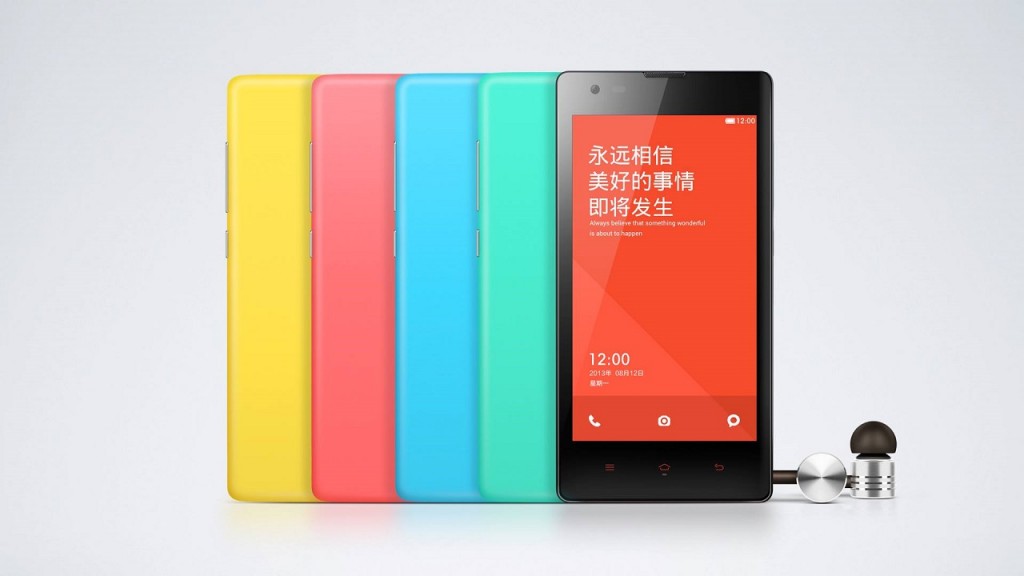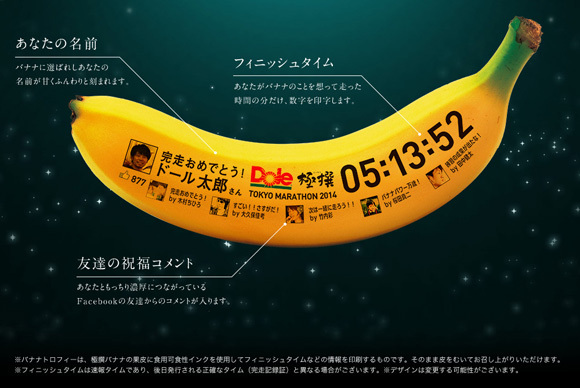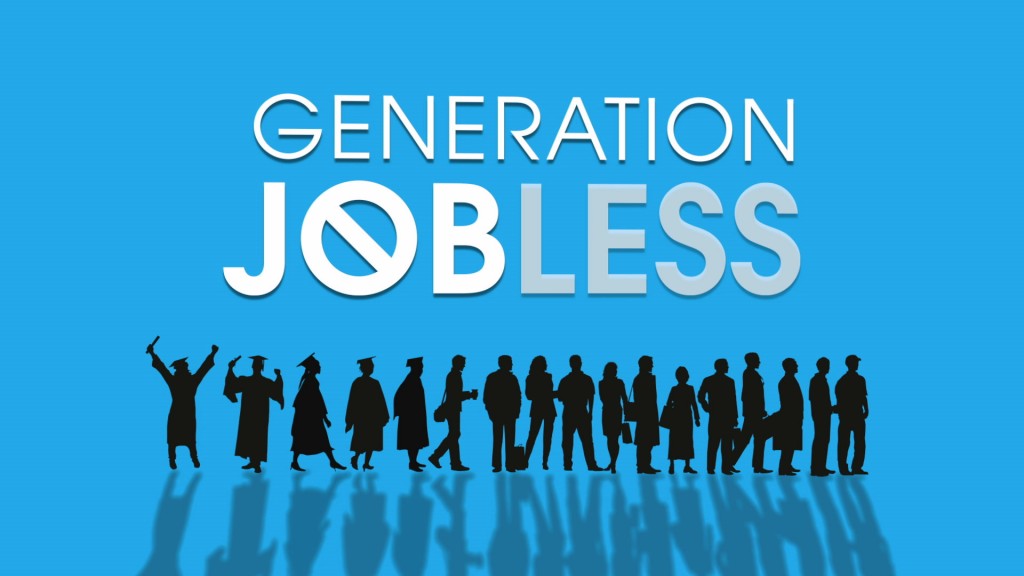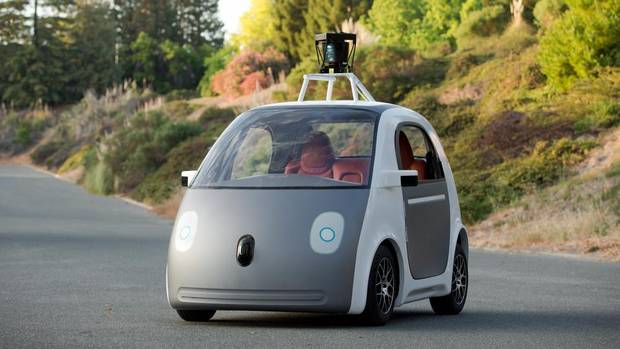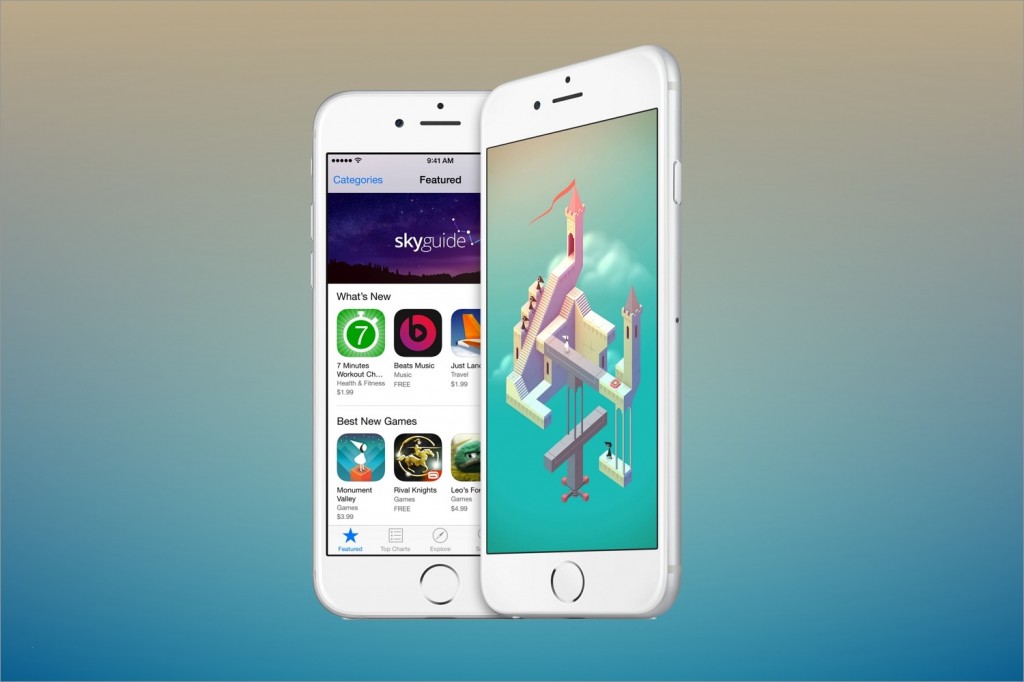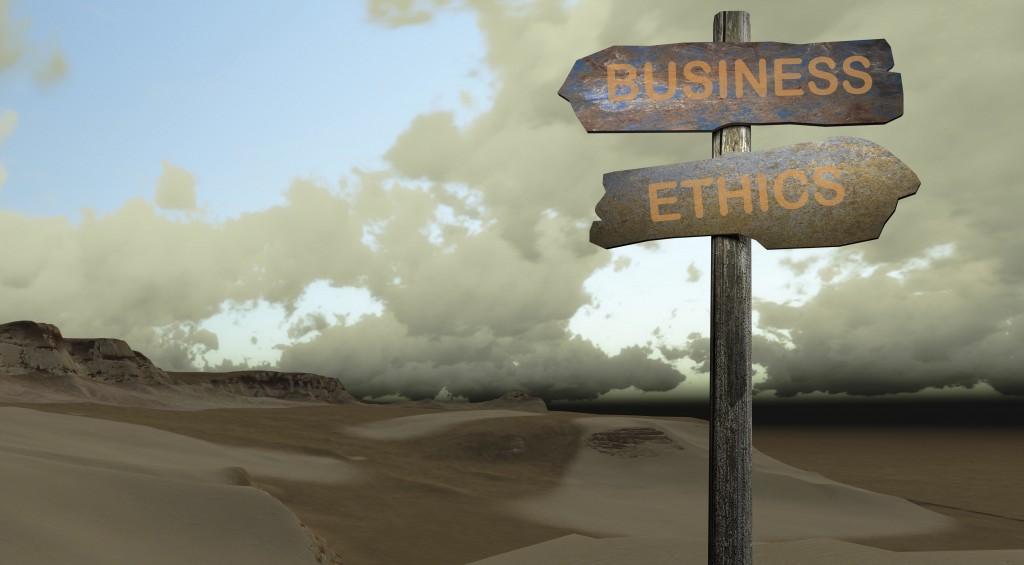
“Social entrepreneurs are not content just to give a fish or teach how to fish. They will not rest until they have revolutionized the fishing industry.” – Bill Drayton
Although the United Nations fights for justice by defending basic human rights through peacekeeping efforts and international law, their actions will only prevail for a short period of time. Due to the limited amount of resources in the world, the UN can only supply as much humanitarian aid as they possess. On the contrary, social enterprise strives for a long-term, impactful, and lasting influence for impoverished communities. Unlike the UN, their aid is not so much physical, but mental and spiritual, such as education, social, or technological change.
The Arc Initiative, provides “long-term economic betterment for local communities,” empowering local artisans with the business and leadership skills necessary to promote their company. Arc’s business training program supported firms, such as Salem’s Ethiopia and Shega Shero Eatery, who gained useful and practical advice that proved to benefit their businesses greatly. As a result, these local businesses have become self-sustaining.
Education is always the last priority in a world of incessant human rights violations, and even with adequate funds, the UN has only enough manpower to provide basic elementary schooling. Therefore, these communities would never have been able to attain this level of self-sufficiency from the UN.
